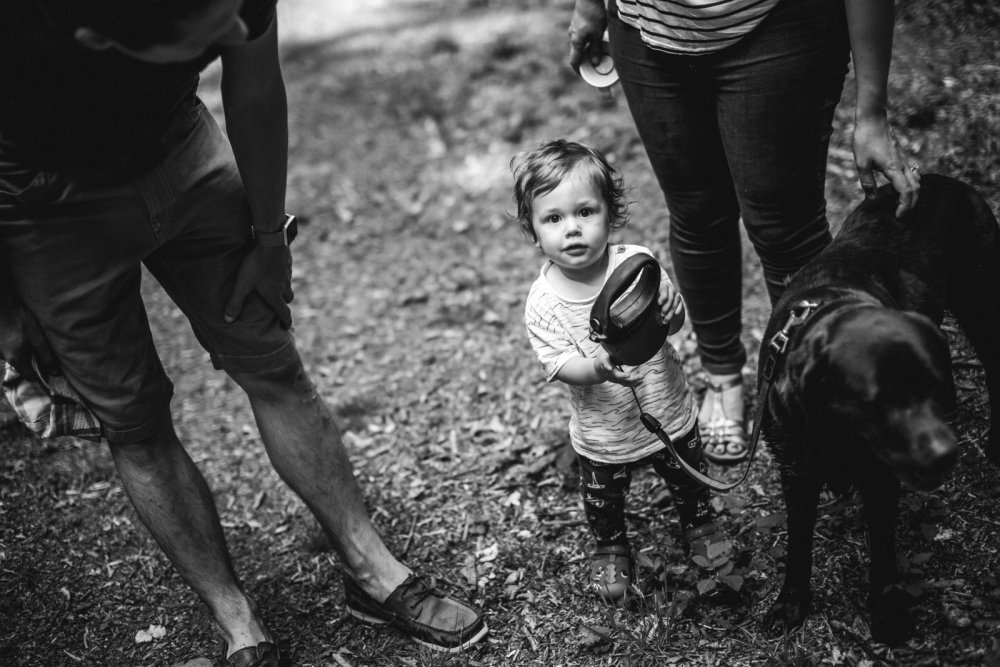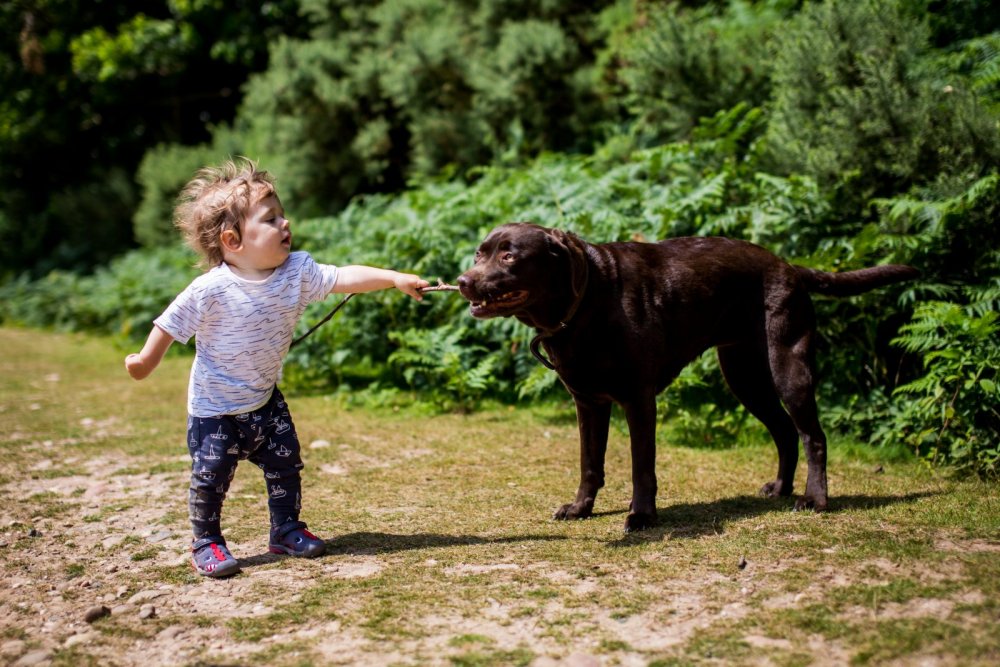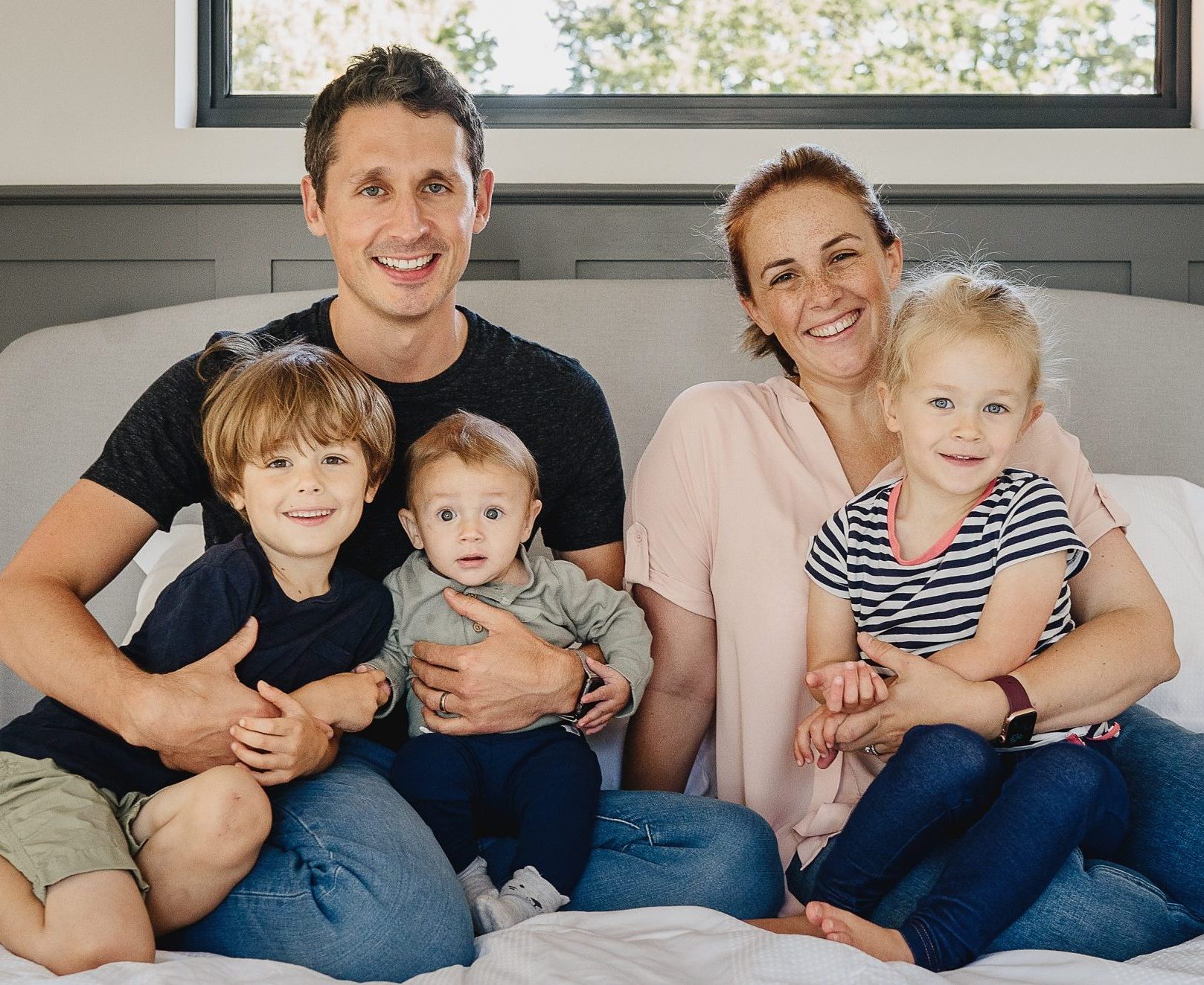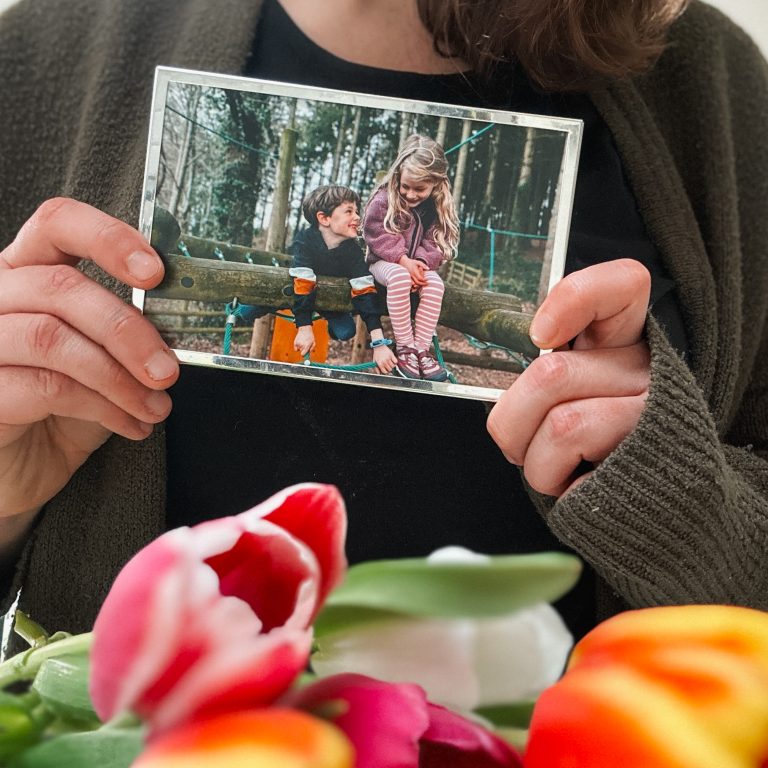Dogs can be great friends for children. Their energy matches the excitement of childhood and leads to joyful friendships. Dogs provide companionship, teach responsibility, and encourage outdoor play. Watching a child and a dog play together is heartwarming. The bond they form through laughter and exploration can last a lifetime.
To help children become friends with dogs, it’s important to pay attention to their needs. Children must learn how to approach and respect dogs, and dogs need to adjust to having a child around. Understanding and guidance are key to building this relationship.
Here are some tips for helping your kids become friends with dogs.
Understanding Dogs
Learning about dogs can help children interact positively with them. Kids should know basic dog behaviour. They need to recognize signs of a happy dog, like wagging tails and relaxed bodies, to understand when it’s okay to approach. They should also learn the signs of discomfort, such as growling or a stiff posture, so they know when to give space.
Educating children about different dog breeds and temperaments can help them feel more confident. Not all dogs play the same way. Some enjoy active play, while others prefer calm interactions. This knowledge prepares kids for better encounters with dogs.
Supervised Playtime
Supervised playtime is essential for building a friendship between children and dogs. Schedule structured play sessions where kids can interact with a dog through fetch, tug-of-war, or exploring together. Staying close during these interactions ensures safety and encourages positive behaviour.
During playtime, adults can help kids communicate with the dog. Teaching children how to pet and play with the dog gently builds trust. Encouraging calm behaviour invites the dog to join in the fun. These playful moments create lasting memories.

Positive Reinforcement
Dogs learn best through positive reinforcement, which is essential for building their friendship with kids. Dog treats can enhance this process. A child’s voice brings joy to a dog, and adding treats makes it even better. Treats encourage good behaviour and allow children to help with training.
For example, rewarding a dog for sitting calmly creates a safe environment. Kids learn to link good behaviour with treats, encouraging them to keep it up. Giving treats also teaches children about rewards and responsibility.
Creating Safe Spaces
Creating a shared space can strengthen the relationship between children and dogs. Set up a safe area where they can interact comfortably. A quiet spot without distractions allows for calm moments together. This could be a cozy living room corner or an outdoor play area.
Adding toys to this space can make interactions more fun. Chew toys or balls can encourage engaging activities. Allowing kids and dogs to share these toys promotes healthy play. The focus should be on enjoying time together and feeling comfortable, helping their friendship grow.
Teaching Respectful Behaviour
Respect is important for building good relationships with dogs. Children should learn to approach dogs in a way that feels safe for the animal. This means no quick movements or loud noises. Instead, children should let the dog sniff their hands first to create a calm meeting.
Using gentle touches, adults can show the right way to interact with dogs. They should repeat this process so children can watch and practice until they feel sure. This teaches children that patience and respect are key to any good friendship.
Exploring Together
Exploring together can strengthen the bond between children and dogs. Daily walks can be fun adventures where both can see and smell new things. Encourage kids to help choose the paths or their favourite spots for exploring, creating moments to discover together.
Going on outdoor trips to parks or trails also helps the relationship. Exploring nature can spark curiosity in both. Watching the dog jump in the grass or sniff around can bring laughter and joy. Each exploration becomes a shared adventure, making their connection deeper.
Monitoring Health and Well-Being
Taking care of each other is part of building a friendship. Regular visits to the vet, vaccinations, and proper food are important for a dog’s health. Teach children about pet care to help them feel responsible and caring.
Involving kids in the dog’s care, like feeding, grooming, and vet visits, can create great experiences together. Each task shows the commitment to keeping the dog happy, which strengthens their friendship.









No Comments